Yosemite National Park is renowned for its amazing scenery. It abounds with mountains, granite cliffs, rock formations, rivers, waterfalls, meadows and giant trees. Ninety-five percent of the park is designated wilderness. It is one of America’s quintessential national parks.
Formed by glaciers, the Yosemite draws millions of people every year. Visitors marvel at the world-famous stone monoliths and plunging cascades, while enjoying a variety of recreational activities.
If you’ve pondered the notion of visiting Yosemite, we’re offering a condensed travel guide for Yosemite National Park.
Planning a Trip To Yosemite National Park
Yosemite does not require reservations for admission, but tourists must book lodging in advance. Options within the park range from rustic tent cabins to upscale rooms. Travelers may make reservations up to 366 days in advance. Spring through fall is the busiest season.
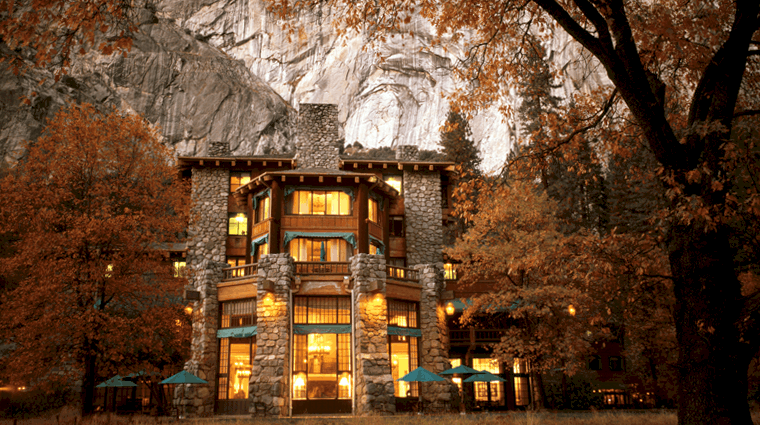
The premier place to stay is The Ahwahnee, formerly known as The Majestic Yosemite Hotel. It is a AAA four-diamond hotel and National Historic Landmark. The elegant building rests in the bottom of the valley, close to several iconic natural attractions.
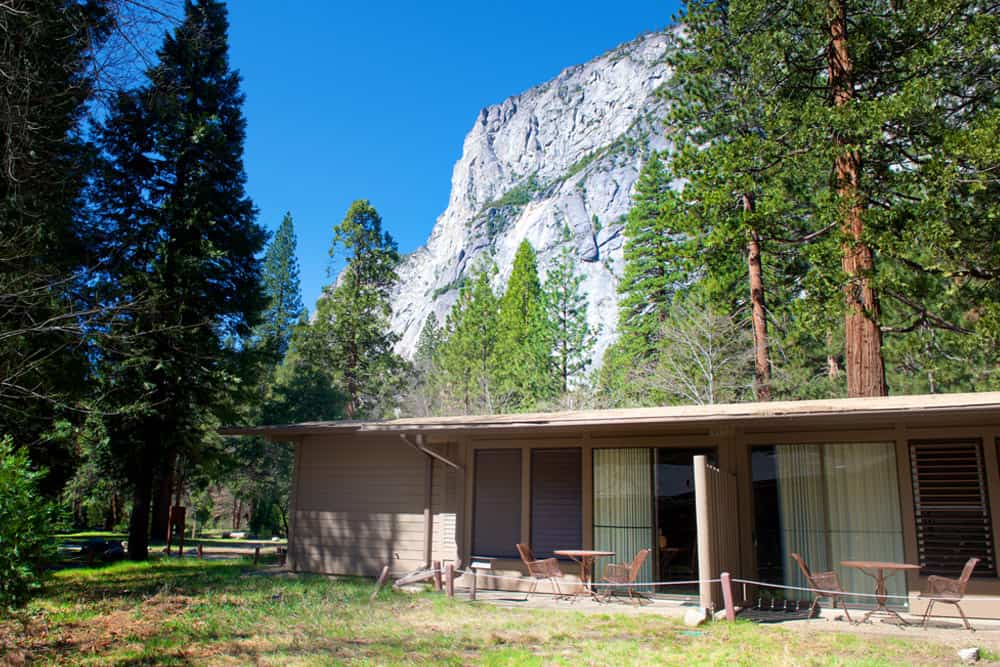
Yosemite Valley Lodge, near a mammoth waterfall, is a Victorian-style glass and wood structure. The Wawona Hotel was originally established in 1856. It is a National Historic Landmark about 27 miles from the park.

There is also lodging at the Glacier Point Ski Hut, high above the valley, which is open only in the winter.
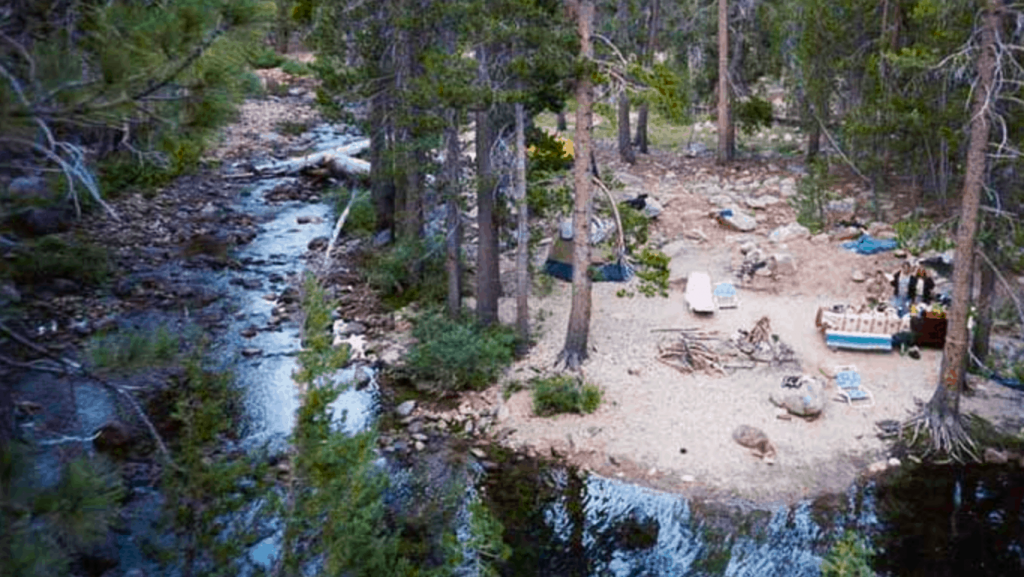
The National Park Service operates 13 campgrounds in Yosemite, with sites for tents and RVs. Some of them require reservations. Backpackers planning to camp in the wilderness also should sign up ahead of time for free backcountry permits, which are issued to a limited number of people for any given day.
Getting Yosemite National Park, Parking and Transportation
Yosemite is in eastern California, near the Nevada line. Driving distances are 195 miles from San Francisco and 400 miles from Las Vegas. Highway 120 leads to the park.
Those who fly into Merced Airport are just two hours from Yosemite. The drives are 30 minutes longer from the Fresno-Yosemite, Mammoth Yosemite and Stockton Metropolitan airports. It is three hours from Reno/Tahoe International, and 3.5 hours from either Oakland International or Sacramento International.
Amtrak trains and Greyhound buses serve Yosemite, as well.
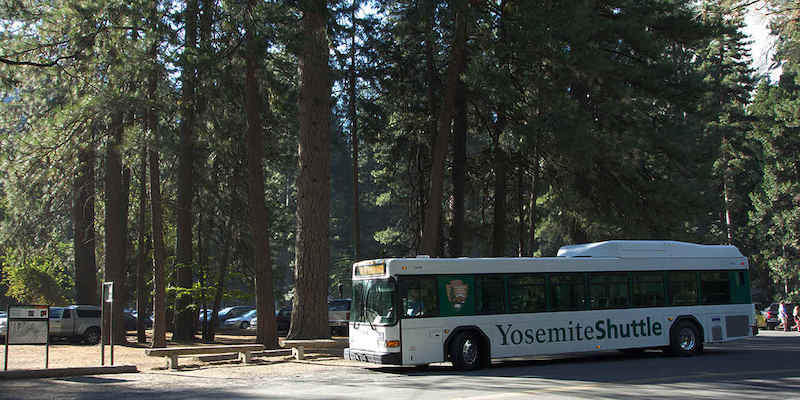
Private vehicles are allowed in the park, but many people use the free shuttle service. The buses go not only to the favorite sites, but also trailheads, hotels, visitor centers and stores.
Places to See In Yosemite National Park
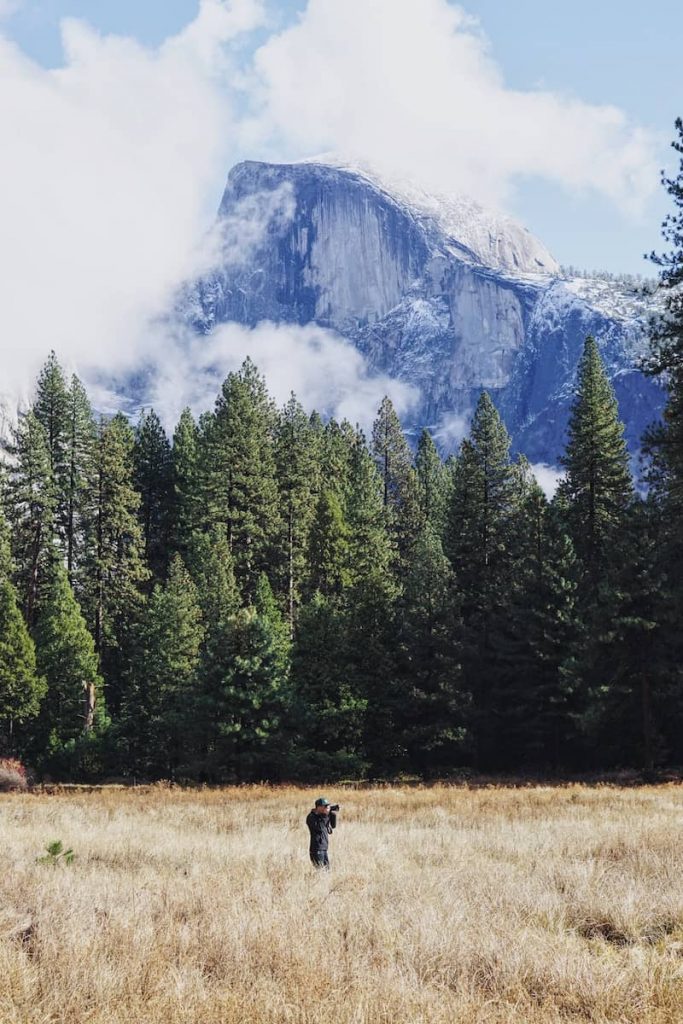
Yosemite National Park features a number of postcard-worthy sites.
Half Dome, rising 5,000 feet above the valley floor, may be the best-known attraction. Its sheared granite face is one of the world’s most photographed natural images.
El Capitan is a 3,593-foot granite monolith that joins Half Dome in dominating views of the valley. Both giant rocks are international destinations for rock climbers.
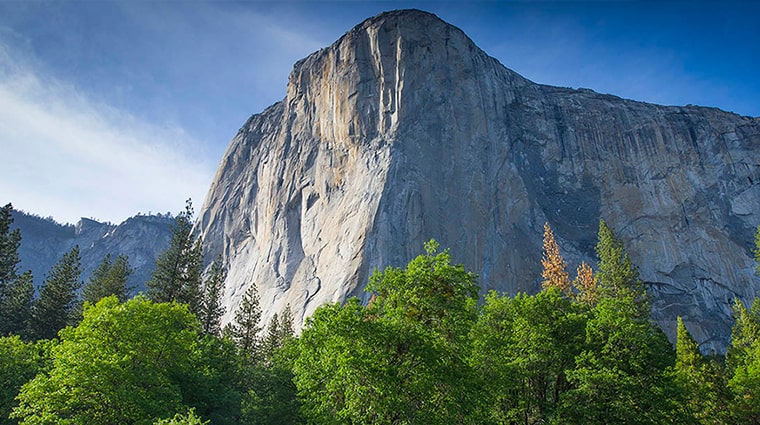
The park contains many impressive waterfalls. The biggest ones, Yosemite Falls, plunge 2,424 feet – the highest series of cascades in North America. The 2,000-foot Sentinel Falls are on the opposite side of the valley, near Sentinel Rock.
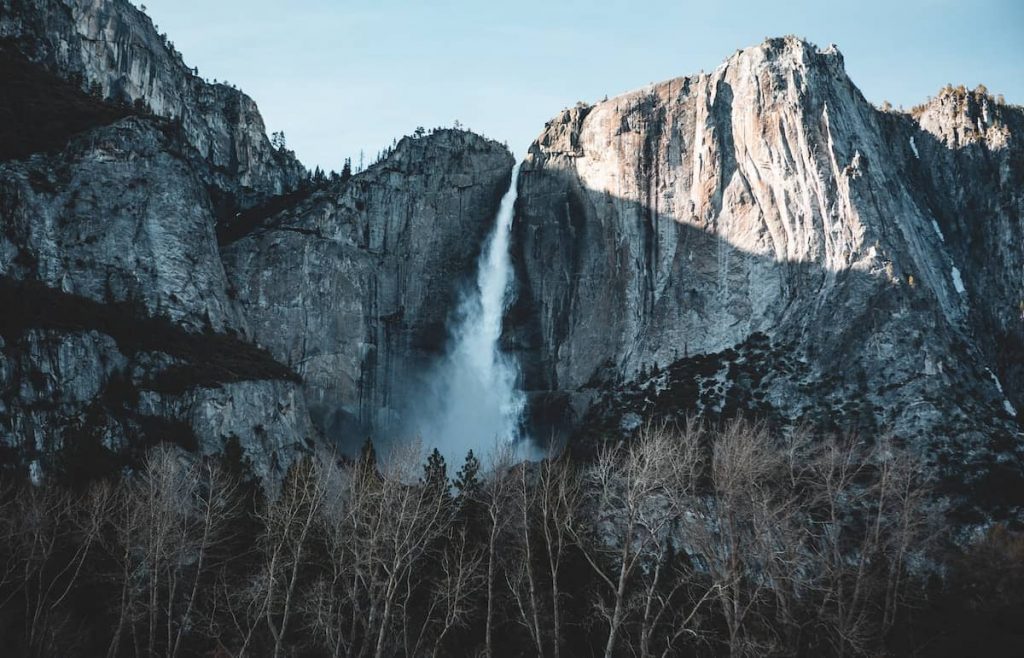
The Mariposa Grove of Giant Sequoias is the largest forest of its kind, with more than 500 of the soaring trees.
Tuolumne Meadows is a sub-alpine region, with a river of the same name, beneath mountain peaks. The area is accessed by the Tioga Road, which is closed during the winter. The 47-mile scenic drive leads to forests, grasslands, lakes and granite domes. There are numerous turnouts with panoramic views.
The Hetch Hetchy Valley, in the northwest corner of the park, is ideal for hiking and wildflower viewing. There are mountain peaks, canyons, lakes and waterfalls.
Wawona hosts the Pioneer Yosemite History Center, which displays horse-drawn wagons, a covered bridge and historic buildings. The Wawona Tunnel View offers a unique visual perspective of the valley, El Capitan, Half Dome and Bridalveil Fall. The waterfall flows down the east side of the canyon, amid the picturesque Cathedral Rocks and Spires.
Glacier Point affords some of the most stunning vistas in the park, with a 7,214-foot overlook of the valley.
Visitors can take a break from sightseeing by checking out the Yosemite Valley Visitor Center. The facility houses an exhibit hall where displays tell the park’s history, describe the flora and fauna, and explain the incredible geology. A 23-minute film gives an overview of the sites to see.
Next door is the Yosemite Museum, showcasing the native Miwok and Paiute people. There are demonstrations of basket-weaving, beadwork and traditional games; as well as a reconstructed Indian village and art gallery.
The Happy Isles Art and Nature Center has natural history exhibits and interactive displays. Short trails educate people about the park’s varied ecosystems.
Additional institutions worth touring include the Yosemite Conservation Heritage Center and the Ansel Adams Gallery.
Things to Do In Yosemite National Park
Many visitors see Yosemite National Park on scenic drives. Park roads lead through the high country to the valley floor, and to the attractions listed above.
There are more than 12 miles of paved bicycle paths in the valley, and bikes are also permitted on park roads. Bicycles are available for rent.
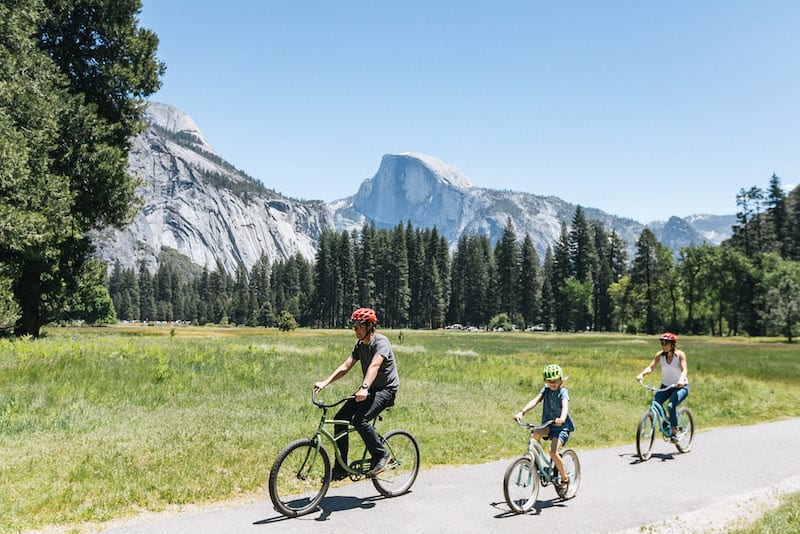
Yosemite National Park offers bus tours of the valley floor, Glacier Point, Mariposa Grove of Giant Sequoias and Tuolumne Meadows. There is also an all-day Grand Tour.
Hiking trails provide access to some of Yosemite’s most beautiful places. Backpackers spend one or more nights in the 1,100 square miles of wilderness. There are also ranger-led nature and history walks.
As previously noted, rock climbing is extremely popular here. Visitors can learn techniques in a class at the Yosemite Mountaineering School and Guide Service; and take part in a daily “Ask the Climber” program.
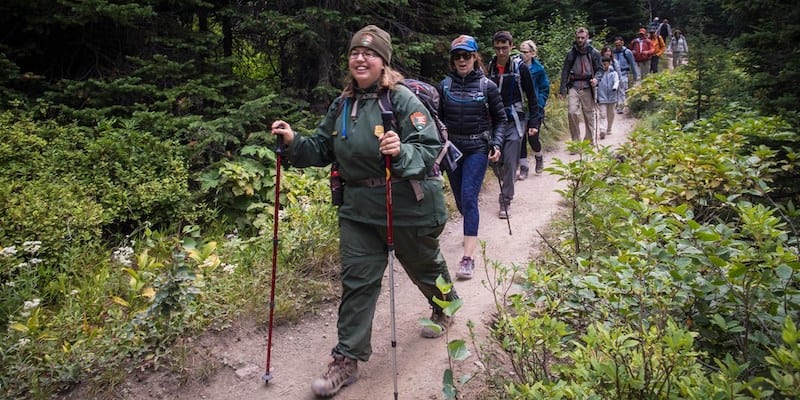
Birdwatchers look for more than 165 avian species, such as the Stellar’s jay, American robin, acorn woodpecker, common raven and mountain chickadee. Among more rare species are the great gray owl, spotted owl, peregrine falcon, pileated woodpecker and northern goshawk.
Anglers fish for rainbow and brown trout. Horseback riders hit designated trails on their own, or go to Wawona Stable for two-hour and all-day rides on mules and horses.
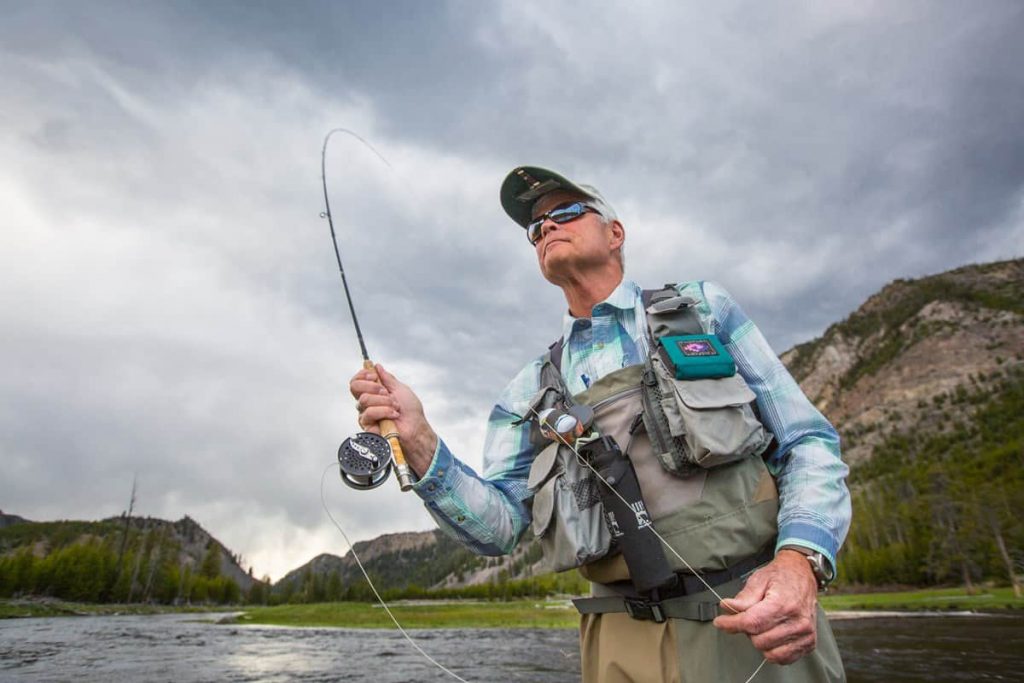
Picnic areas are found throughout Yosemite on a first-come, first-served basis during the day. Most of the sites have tables, grills, vault toilets, and trash and recycling receptacles.
Those seeking to cool off can get into outdoor pools at the Curry Village and Yosemite Valley Lodge. Swimming is generally allowed in all the park’s streams and lakes. The Merced River is especially popular.
Rafting is another activity on the river. Rafts are available for rent. Kayakers like the calm waters of Tenaya Lake.
Yosemite is a winter sports playground. People ski downhill and cross-country, snowboard, snowshoe, snow tube, sled and ice skate.
Related articles on Flyost.com:
Top National Parks to Visit in the U.S.
Yellowstone National Park: Where To Stay, Things To Do
Glacier National Park Guide
For additional information on travel and national parks, reference the following links:
Top 10 Things to See and Do In Rome, Italy
10 of Americas Most Important Landmarks




